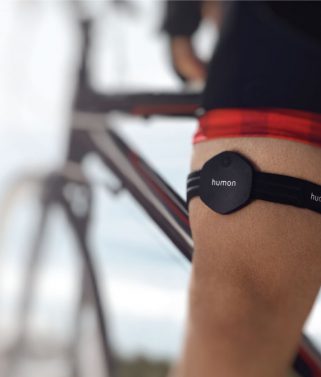
How Muscle Oxygen Can Help you Overcome the Limitations of Heart Rate
Heart rate training has been the gold standard for over 40 years when it comes to endurance training. Heart rate sensors are widely available, in your smartwatch or as a chest strap, and heart rate zones, which are based off an approximative maximum heart rate value, have been very popular with athletes. There are however many limitations in training with these heart rate zones because they can be highly inaccurate for a high percentage of people. Some of these limitations are:
Maximum heart rate is often calculated using the formula 220 minus your age
No consideration is given for physical fitness, body composition, or other individual variances which could affect this maximum value. The truth is that maximum heart rate is unique and has more to do with the size of your heart than age. It can also change very little with age in very active people.
It can change drastically based on many external factors
Heart rate is dependent on multiple external factors such as caffeine intake, the temperature outside, or even sleep. Therefore, your heart rate may be unreliable unless measured under extremely controlled environments.
Heart rate is a systemic measurement
It tells you how your heart is adjusting to activity, with nothing specific about how the working part of your body is responding to exertion.
All of that being said, heart rate can be useful in certain scenarios. If you are new to muscle oxygen, we’ve talked quite a bit about what it is and how training with muscle oxygen can overcome some of these limitations. Here are just a few of the benefits training with muscle oxygen can provide.
Muscle oxygen is a localized measurement of performance
The way in which the oxygen is supplied and consumed in the muscle can be monitored without the use of any assumptions.
Muscle oxygen shows you exactly how you are responding to intense exercise
During exercise, your muscles use oxygen to help produce energy. Muscle oxygen will show you when your muscles are running low on oxygen which provides vital information on how to pace yourself during a workout.
Evaluating muscle recovery
Muscle oxygen can show the rate at which the oxygen is delivered back in the muscles and when the muscles are ready to perform again.
For a case study comparing heart rate and muscle oxygen check out the link below.
A case study on heart rate and muscle oxygen
Make sure to also check out @behumon on Instagram, Twitter, and Facebook for more tips on how to warm-up, train, and recover effectively.

